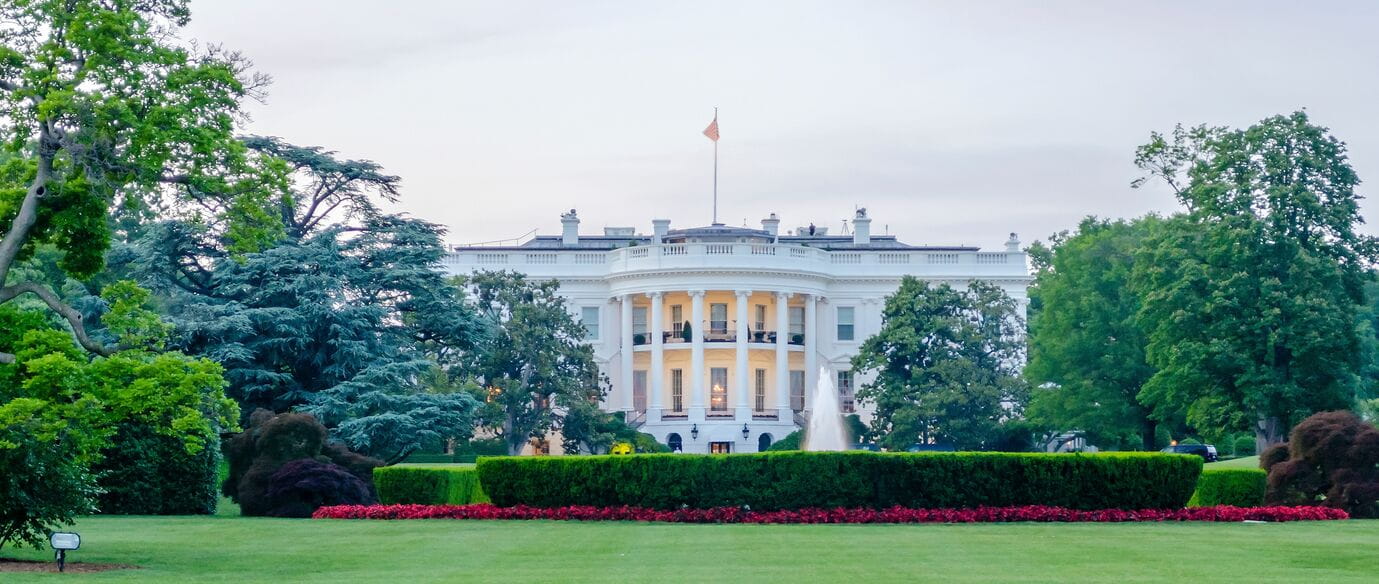
Reflecting on President Trump’s first 100 days in office
 Search
Search


 Search
Search

Earlier this week, the Department of Health and Human Services (HHS) published a broad request for information (RFI) seeking input on how to “dramatically deregulate across all areas the Department touches.”1 It specifically cites as critical to the MAHA agenda reducing “burdensome paperwork . . . and requirements with no clear health benefit,” so that providers can focus on preventing and treating chronic diseases, and is positioned as “the largest deregulatory effort in the history of the Department.” The RFI comes in response to recent Executive Orders (EOs) that outline President Trump’s deregulatory agenda and presents an opportunity to provide input about regulations that affect the food and agriculture industries. The deadline for submitting comments is July 14, 2025.
Background
Consistent with his first term, President Trump has prioritized deregulatory action and has taken significant steps towards that end during his first 100 days in office. The EO “Unleashing Prosperity Through Deregulation” (“10-for-1”) directs that for each new rule proposed or finalized, agencies must identify at least ten existing regulations to be repealed.[1] Another EO, “Implementing the President’s ‘Department of Government Efficiency’ Workforce Optimization Initiative,” directs that each agency may hire no more than one government employee for every four government employees who depart the agency.2 Hogan Lovells previously wrote about these executive orders in depth in February.3
Additionally, Executive Order 14219 “Ensuring Lawful Governance and Implementing the President’s ‘Department of Government Efficiency’ Deregulatory Initiative” directs agency heads, in coordination with DOGE and the Office of Management and Budget (OMB), to initiate a process to identify and classify all agency regulations that are “unlawful” or “undermine the national interest,” including regulations that impose “undue burdens” on technological innovation and economic development.4
The president then released a memorandum “Directing the Repeal of Unlawful Regulations,”5 which instructs agency heads on how to implement Executive Order 14219. Among other things, the memorandum instructs agencies to invoke the “good cause” exception to notice and comment rulemaking under the Administrative Procedure Act when possible, which would let agencies issue interim final rules to repeal regulations. Additionally, OMB issued an RFI (“OMB RFI”) that solicits ideas for deregulation.6 Finally, the EO “Reducing Anti-Competitive Regulatory Barriers” directs agency heads to review all regulations that might pose a barrier to competition.7 We previously wrote in depth about these deregulatory actions in April.8
The HHS RFI follows in the wake of these actions and provides an opportunity specifically for the food industry to identify deregulatory priorities for the administration.
Overview of the Request for Information
The RFI builds on several deregulatory actions taken by the second Trump administration and poses broad questions to commenters consistent with the 10-for-1 EO, EO 14219, and requests made in the OMB RFI. Those questions center around identifying deregulatory actions to improve efficiency, removing unnecessary regulatory obstacles, and reducing costs. Of particular note, the RFI asks commentors what regulations HHS should consider as it looks at enacting policy objectives outlined in EO 14212, “Establishing the President's Make America Healthy Again Commission”9 to focus on reversing chronic disease. Additionally, HHS notes that the most helpful submissions are those that it can publish in the Federal Register with “minimal revision.” The complete list of questions for commenters is available in the appendix below.
Agency actions eligible for comment include formal regulations, guidance documents, memoranda, policy statements, and similar directives. The RFI states that HHS will publish annual reports detailing estimated regulatory costs and the specific rules being offset to promote HHS Secretary Kennedy’s stated goal of greater transparency and accountability.
The RFI also promotes a new way to submit comments. In addition to the traditional comment process through the RFI’s docket, responses may be submitted through a newly launched “Deregulation suggestions” form. The form appears to have been launched in April in connection with the OMB RFI, although it does not appear tied to a specific docket or deadline. The suggestion form asks several questions about what specific rule should be targeted and lists potential reasons for recission including “the regulation is inconsistent with a statute” and “the regulation is bad policy, unreasoned or unsound.” The Department indicates it will accept anonymous submissions.
Next Steps
We will continue to monitor the Trump Administration’s actions and developing policy agenda. Please contact us if you have any questions or want assistance drafting comments.
Appendix
Questions
Authored by Brian Eyink and Chigozie Akah.
References
1 90 Fed. Reg. 9065 (Jan. 31, 2025).
2 90 Fed. Reg. 9669 (Feb. 11, 2025).
3 HL Update, Trump Administration Issues Two Executive Orders Affecting Agency Regulations and Workforce (Feb. 14, 2025).
4 90 Fed. Reg. 10583 (Feb. 25, 2025).
5 The White House, Directing the Repeal of Unlawful Regulations (Apr. 9, 2025), available at https://www.whitehouse.gov/presidential-actions/2025/04/directing-the-repeal-of-unlawful-regulations/.
6 90 Fed. Reg. 15481 (Apr. 11, 2025).
7 The White House, Reducing Anti-Competitive Regulatory Barriers (Apr. 9, 2025), available at https://www.whitehouse.gov/presidential-actions/2025/04/reducing-anti-competitive-regulatory-barriers. See also HL Update, Trump Administration Calls for Additional Deregulatory Action (Apr. 14, 2025), available at https://www.hoganlovells.com/en/publications/trump-administration-calls-for-additional-deregulatory-action.
8 See HL Update, Trump Administration Calls for Additional Deregulatory Action (Apr. 14, 2025), available at https://www.hoganlovells.com/en/publications/trump-administration-calls-for-additional-deregulatory-action.